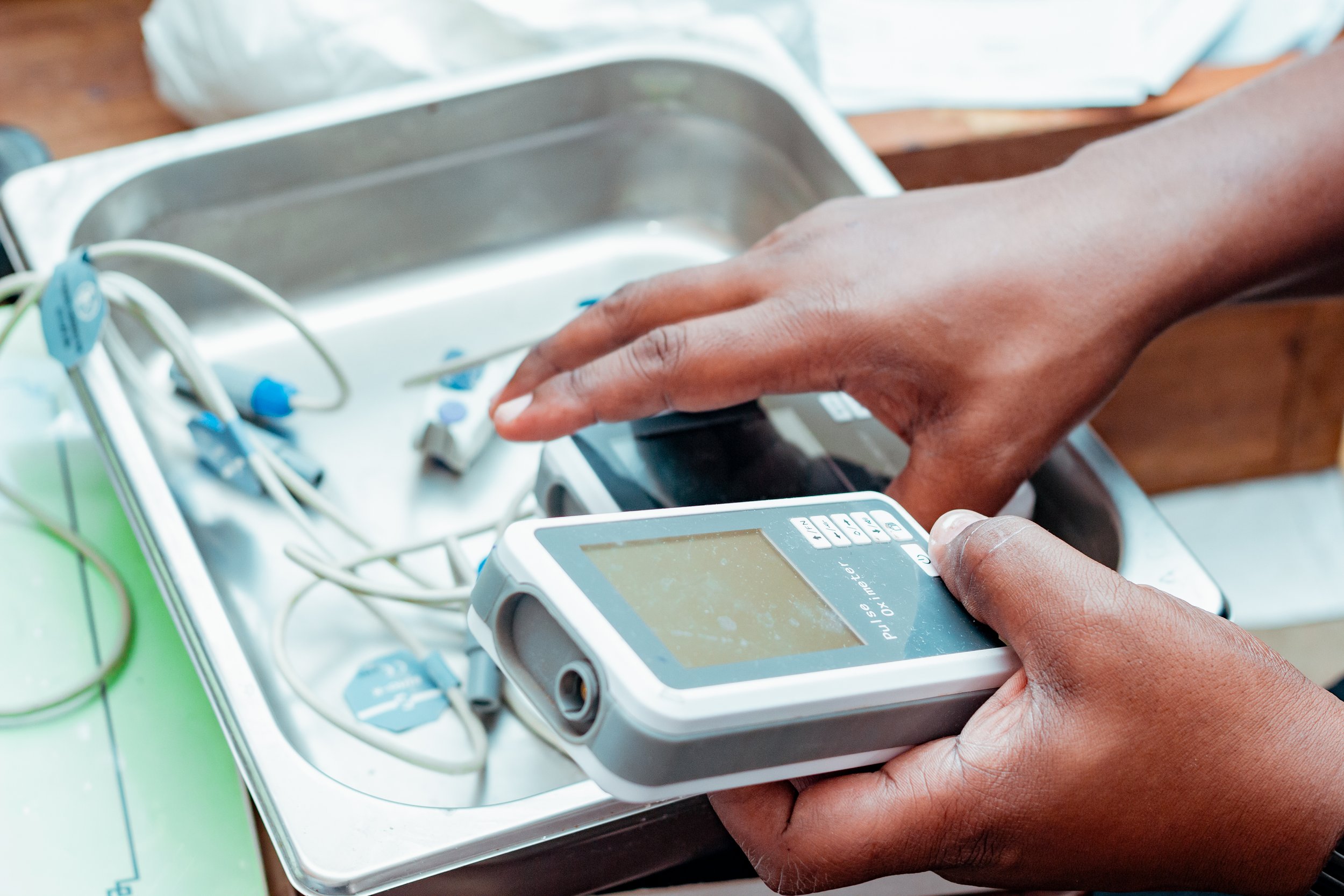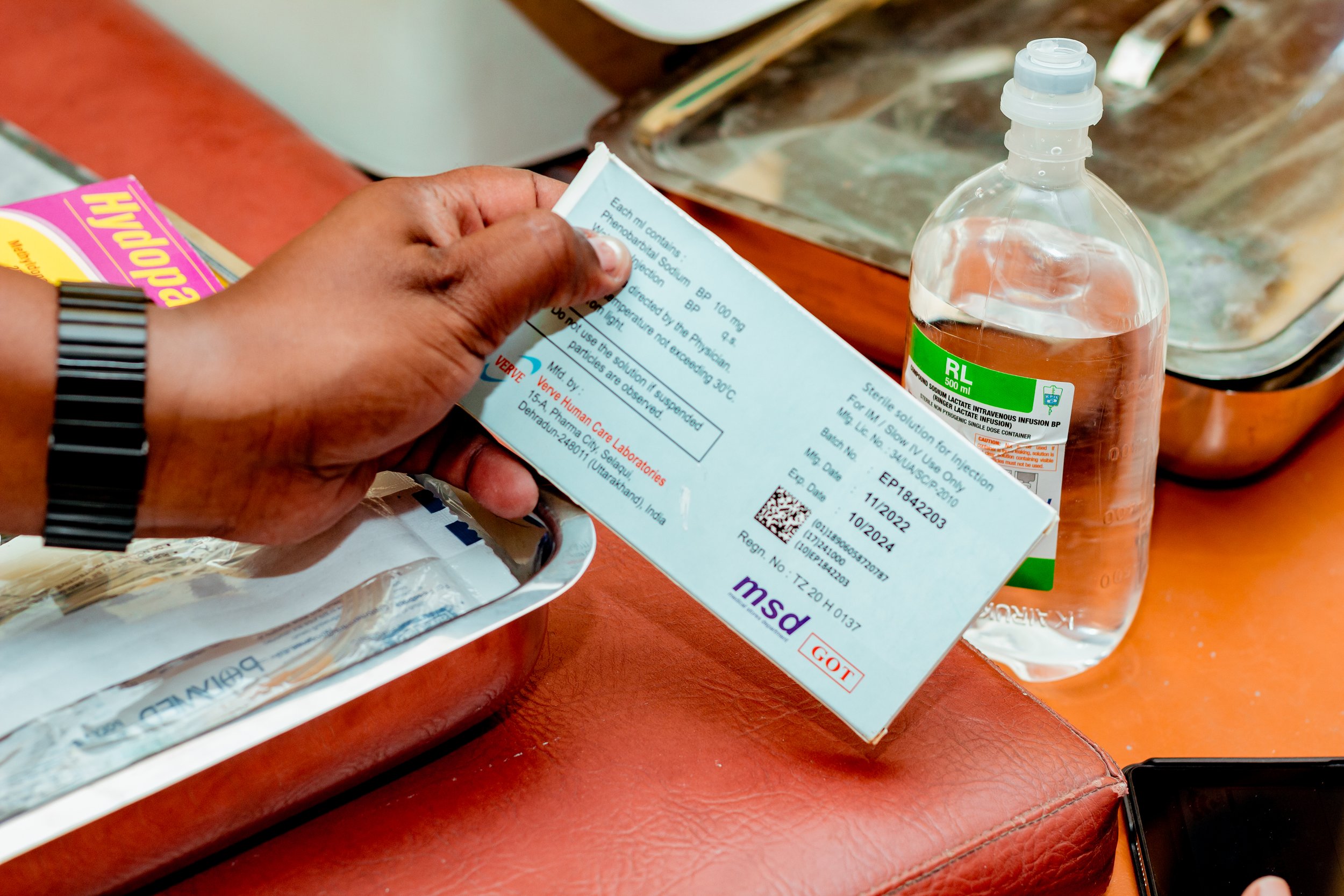
The 40 Treatments & Actions of EECC
The Identification of Critical Illness
Critical illness is identified as soon as possible so timely care can be provided
-
1.1 Triage/identification of critical illness includes the use of these vital signs
1.1.1 Pulse rate
1.1.2 Blood pressure
1.1.3 Respiratory rate
1.1.4 Oxygen saturation (SpO2)
1.1.5 Temperature
1.1.6 Level of consciousness (eg. “AVPU”, “ACVPU” or Glasgow Coma Scale)
1.1.7 Presence of abnormal airway sounds heard from the bedside (eg. snoring, gurgling, stridor)
1.1.8 The overall condition of the patient (health worker’s concern that the patient is critically ill)
1.2 Triage/identification of critical illness is conducted at these times
1.2.1 When a patient arrives at hospital seeking acute care
1.2.2 For hospital in-patients, at least every 24 hours, unless otherwise prescribed, with increased frequency for patients who are at risk of becoming critically ill or who are critically ill, and then less frequently again when patients are stabilising
1.2.3 When a health worker, or the patient or guardian, is concerned that a patient may be critically ill
1.2.4 During and after surgery or anaesthesia
1.2.5 During and after transport/transfer of a patient who is critically ill or at risk of becoming critically ill
1.2.6 Following a treatment or action (re-evaluation)
Care of Critical Illness
Essential care of critical illness is initiated as soon as critical illness is identified and involves these clinical processes when appropriate:
-
2. Placing the patient in the recovery position (lateral position)
3. Age-appropriate airway positioning (eg. chin lift or jaw thrust in adults, neutral position in young children)
4. Removal of any visible foreign body from the mouth or use of age-appropriate chest thrusts/ abdominal thrusts/ back blows in choking
5. Suction for secretions that are obstructing the airway
6. Insertion of an oro-pharyngeal (Guedel) airway
-
7. Optimizing the patient’s position (eg. sitting-up or prone)
8. Oxygen therapy using nasal prongs, facemask, or mask with a reservoir bag (non re-breathing mask)
9. Bag-valve-mask ventilation in threatened or manifest respiratory arrest
-
10. Optimizing the patient position (eg. lying flat, head-down, raised-legs, lateral tilt in pregnancy)
11. Compression and elevation to stop bleeding
12. Appropriate bolus of intravenous fluid
13. Oral rehydration solution or other appropriate oral fluids for dehydration without shock
14. Intramuscular adrenaline for anaphylaxis
15. Uterine massage and/or oxytocin when indicated
-
16. Treating an unconscious patient as having a threatened airway (eg. recovery position etc)
17. Dextrose (iv or buccal) in unconsciousness or seizures unless bedside blood glucose testing rules out hypoglycaemia or there is a clear alternative cause
18. Protecting patients with a seizure from harm
19. Quick-acting anti-seizure medication (eg. intravenous/rectal diazepam, or magnesium sulphate in pregnancy/post-partum)
20. Cooling in severe hyperthermia with a reduced level of consciousness
-
21. Insertion of an intravenous cannula when critical illness is identified
22. Insertion of an intraosseous cannula, if indicated, if an intravenous cannula is not possible
23. Stabilizing the cervical spine in possible cervical spine injury
24. Appropriate antibiotics for sepsis
25. Treatment of pain and anxiety (eg. with needs-based psychological support, medication)
26. Keeping the patient warm using blankets and other means (including skin-to-skin care for babies)
27. Feeding (including breastfeeding for babies), naso-gastric feeding and dextrose for nutrition and to avoid hypoglycaemia
28. Prevention of delirium (eg. sleep hygiene, provision of the patient’s glasses or hearing aid)
29. Regular turning of immobilised patients
30. Mobilising the patient as early as possible
General Processes
-
31. Assistance from additional or senior staff is sought when a critically ill patient is identified
32. Essential Emergency and Critical Care (EECC) is respectful and patient-centred
33. EECC is provided without considering the patient’s ability to pay
34. Critically ill patients are cared-for in locations that facilitate observation and care (eg. designated beds, a bay or a unit for critically ill patients)
35. Infection, Prevention and Control (IPC) measures are used including hand hygiene and separation of patients with a suspected or confirmed contagious disease from those without
36. Communication is clear, including:
Within the care team when a patient is identified as critically ill (eg. verbal communication, at staff handovers, visible colour-coding)
Within the care team about the planned EECC (eg. continue oxygen therapy, give intravenous fluids)
Documentation in the patient notes about the vital signs, when critical illness has been identified and the treatments and actions conducted
Effective and respectful communication with the patient and family
37. If there is poor response to treatment, or if the patient deteriorates, other indicated EECC clinical processes are used
38. Clinical processes are discontinued that are no longer indicated (eg. if a patient improves or if they are deemed to no longer be in the patient’s best interest)
39. It is recognised when EECC alone is not sufficient to manage the critical illness
40. EECC is integrated with care that is outside the scope of EECC (eg. the need for prompt investigations, definitive treatment of underlying conditions including following disease-specific best-practice guidelines, end-of-life care, referral)
Extended identification of critical illness
-
Presence of respiratory distress (eg unable to complete sentences; accessory muscle use; chest recessions; grunting or head nodding)
Cyanosis
Capillary refill time
Cold or warm extremities
Presence of severe dehydration (eg decreased skin turgor; dry mucous membranes; sunken fontanelle)
Confused, agitated or disoriented mental state
Presence of prostration or lethargy
Presence of a generalized seizure
Inability to stand or walk without help
Inability to breastfeed or feed in a young child
Presence of severe acute malnutrition
The 40 Actions & Treatments

